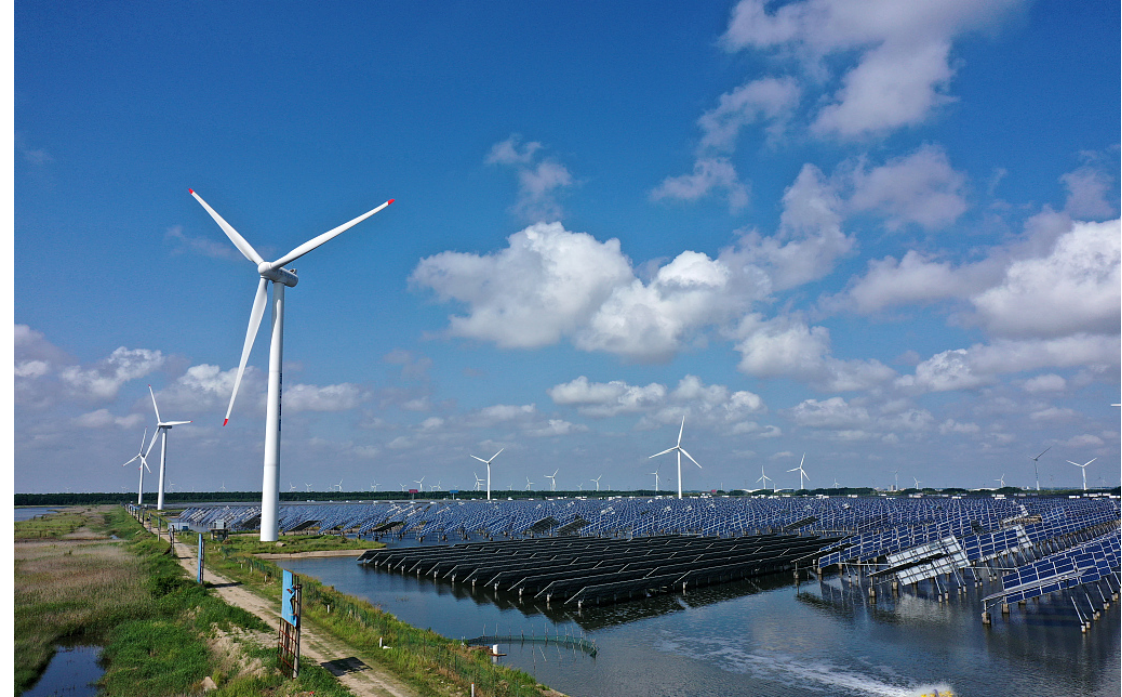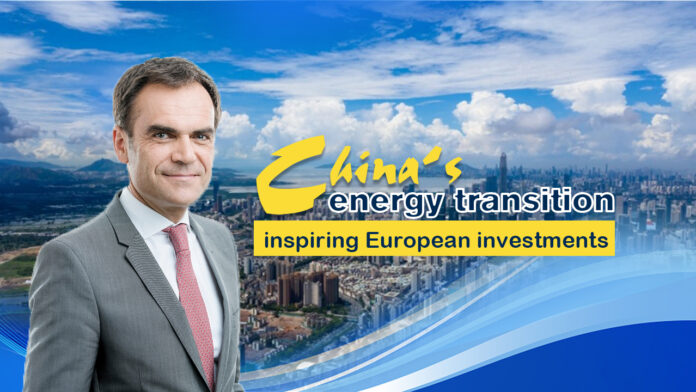Fabrice Fourcade
[Editor’s note: As China is busy preparing for the annual two sessions of the National People’s Congress (NPC) and the Chinese People’s Political Consultative Conference (CPPCC), some Western media have been enthusiastically hyping that the Chinese economy is collapsing. Is the Chinese economy going to fail? What opportunities have China’s growth brought to the world? China’s Economy from a Global Perspective is a 10-part series analyzing the above questions. The eighth essay explores China’s market potential. Fabrice Fourcade is the President of the France-China Electricity Partnership Association, and French power giant Electricite de France’s chief representative in China. The article reflects the author’s views and not necessarily those of CGTN.]
With China’s two sessions coming soon, detailed figures about the 2023 economic outlook in China will be released. However, the global picture is fairly clear. With 5.2 percent, Chinese growth has reached its annual target. This result evidences the strong resilience of China’s economy. But some challenges are still ahead.
Western media outlets were mistaken in asserting that international businesses are actively seeking to “decouple” from China. As one of the largest foreign investors in China’s power generation sector, Electricite de France (EDF) has been developing businesses in China for 40 years. We notice that China’s favorable policies in the green economy and low-carbon sector are intriguing, prompting a strong interest in pursuing further investment projects in the country.
As a global low carbon energy player, we believe green and innovative energy technologies can strongly contribute to new and positive momentum for French and European investments in China. China has devoted significant resources to the construction of renewable energy capacity in recent years. The country’s non-fossil fuel energy sources now exceed 50 percent of its total installed electricity generation capacity. It shows that China is deeply engaged in its energy transition, with green and low carbon electricity at the very core.
The main pillars of this dynamic are renewables and nuclear energies. After 10 new nuclear reactors were decided upon in 2022, another 10 were approved by the Chinese State Council in 2023. China’s remarkable contribution to the growth of global renewable capacity is highlighted by its projected share of nearly 60 percent in the expected new renewable capacity by 2028.

Both France and China share consistent views for their long-term energy mix. This paves the way for new innovative and low carbon business opportunities. A great example of French-Sino cooperation is the Dongtai offshore wind farm. This partnership between EDF and China Energy Investment (CEI) delivers 500 megawatts of wind power to the grid in China’s Jiangsu Province. Still with CEI, we are further promoting offshore wind through a larger project based on the very innovative concept of the energy island.
In addition to offshore wind, the opportunity in technologies that link together renewable electricity, green hydrogen electrolysis and e-fuel production is worth being explored too. We welcome China’s efforts to widen market access and promote further opening-up of modern service industries. EDF has been and will continue to aid the country’s transition to a low-carbon economy, and we will continue working with local partners and develop a long-term strategic partnership in China.

What is compulsory for foreign investment is stability and visibility, so that expected returns become real. For global low carbon energy players like EDF, a first-class business environment means that governments ensure stable regulation. It also means that multinational corporations, together with Chinese partners, ensure reliable contractual frameworks and behave according to what we agree.
While efficient manufacturing for key equipment is in place, state-of-the-art construction methods are there too. Projects are delivered on time and on competitive budgets. Market needs for more low carbon electricity will be very large for some decades. The whole ecosystem for green technologies is vibrant and innovative. Those competitive advantages make China a hotspot for European low carbon energy players.
As an old Chinese saying goes, study the past seriously, predict the future prudently, and pay attention to day-to-day events. If it is feasible through comprehensive analysis, make the decision. With past joint successful experiences, complementary cutting-edge competences, and same views for the future: There is no doubt there is a promising backdrop for innovative and profitable European investments contributing to China’s energy transition and to stronger foreign direct investment.










